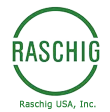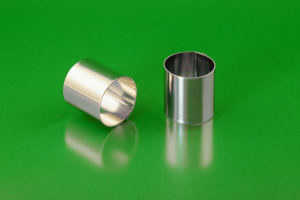The Innovative Journey of Dr. Fritz Raschig: The Birth of Raschig Rings
Establishing the Groundwork: The Chemical Plant and its Challenges
In 1891, Dr. Fritz Raschig, a respected German chemist, embarked on a mission to optimize the process of separating phenols from cresols. He owned a chemical plant in Ludwigshafen, Germany, primarily focusing on batch distillation. The low relative volatility of this process made it time-consuming and energy-intensive, thus Raschig rings aimed to improve the yield and efficiency with a continuous distillation column.
First Trial: Wine Bottlenecks and the Drive for Improved Packing
Dr. Raschig first filled the distillation column with wine bottlenecks, seeking to create a more open and geometrically regular packing arrangement to enhance the process. However, this experiment faced a setback as the glass necks shattered during the heating and cooling cycles, compelling him to look for alternative solutions.
Second Trial: Tailor's Finger Thimbles and the Search for Consistency
Dr. Raschig’s second attempt involved the use of tailor’s open finger thimbles to increase the packing’s durability. Despite the improvement, the quest for a homogeneous and repeatable packing arrangement was still unmet, as the thimbles tended to slip into each other.
Third Trial: Metal Pipe Pieces and the Emergence of Raschig Rings
Eventually, Dr. Raschig found his solution by cutting a metal pipe into pieces of equal diameter and length. This method led to the creation of a uniform and reproducible packing arrangement in a tall vacuum distillation column, significantly reducing pressure drop. The enhanced purity and yield of phenol and cresol provided a significant edge in the market.
The Legacy of Raschig Rings: Patenting and Impact
Despite the protective measures taken for over 15 years, competitive pressures led to the patent registration of Raschig rings in 1914. Finally granted in 1920, these “Raschig’s Ringe” (English: Raschig’s Rings) became the first homogeneous and reproducible random packing arrangement on the market. Since then, “Raschig-Ring” has become synonymous with random packings in the industry. Until 1944, Raschig Rings were the only hollow-shaped random packing available. Since then, there have been several generations of improvements to the original design of the Raschig Rings. One thing has held constant through the decades – Raschig’s unending commitment to providing superior performance, by design.
For a more complete history, please see: 100 Years of Distillation with Trays and Packings and Beyond

